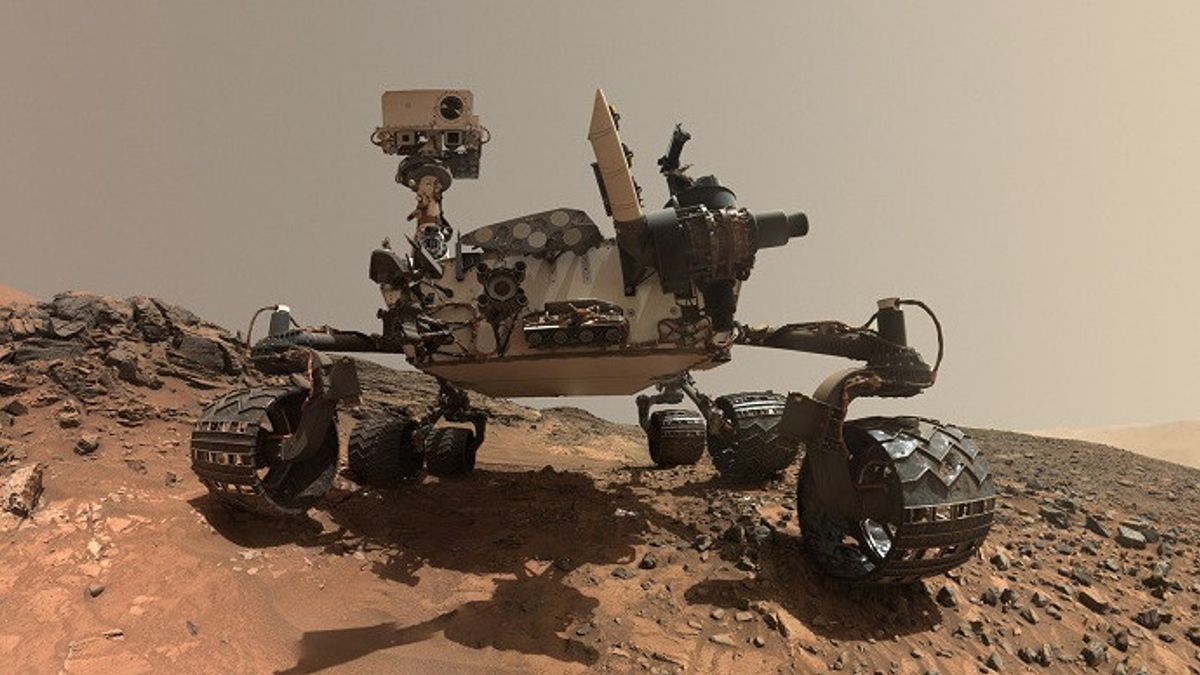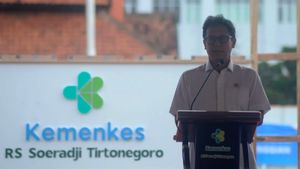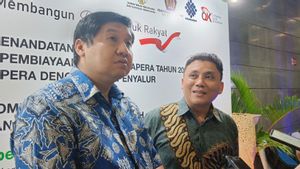JAKARTA - Planet Mars rover Curiosity has reached the territory of its 10-year mission destination, Mount Sharp. That location is very important to explore the Red Planet because it can give scientists an idea of what the climate will be like on Mars.
Mount Mars is also known as salted territory enriched with salted minerals. Therefore, minerals in this region can provide scientists with clues on how and why the Martian climate has changed from more Earth-like to what it is today.
"The scientists hypothesized that billions of years ago, rivers and ponds left minerals when water dried up," NASA said.
The mineral was originally discovered by NASA's Mars Reconnaissance Orbiter years before Curiosity landed on Mars and the arrival of explorers in the region is highly anticipated.
However, sharp rocks can damage the Curiosity wheel, sand also has the same risk, potentially causing the rover to jam if the wheels lose traction. For this reason, explorers need to be careful in this area.
Launching ZDNet, Friday, October 21, it is known, Mount Sharp has very dangerous terrain, including a sandy Paraitepuy Pass, melting between high hills blocking the view of a robot rover into the sky.
This means that the rover must be careful about where it can direct its antenna to Earth and how long it can communicate with the orbiter overhead.
It took more than a month for explorers to navigate the terrain and achieve its goals. Upon arrival, explorers must find various types of rock and signs of past water, including popcorn textured nodules and salted minerals, such as magnesium sulfate, calcium sulfate, and sodium chloride.
"We'll get new pictures every morning and we're really amazed. The sandfall is so beautiful. You see the perfect little trail of the rover on it. And the cliff is beautiful, we're really close to the wall," said Curiosity science operations coordinator Elena Asysar-France.
For the mission's 36th drill sample, NASA selected a rock dubbed Canaima. Curiosity's seven-leg arm will house a percussion rotary drill that destroys rock samples for analysis.
Canaima has proven to be the ideal rock to drill because the other rock is too hard to be destroyed by the drills due to a worn fault in the arm.
The mission scientists hope to study the sample with Chemical and Mineralological (CheMin) instruments as well as Sample Analysis on the Mars (SAM) instrument.
The English, Chinese, Japanese, Arabic, and French versions are automatically generated by the AI. So there may still be inaccuracies in translating, please always see Indonesian as our main language. (system supported by DigitalSiber.id)








